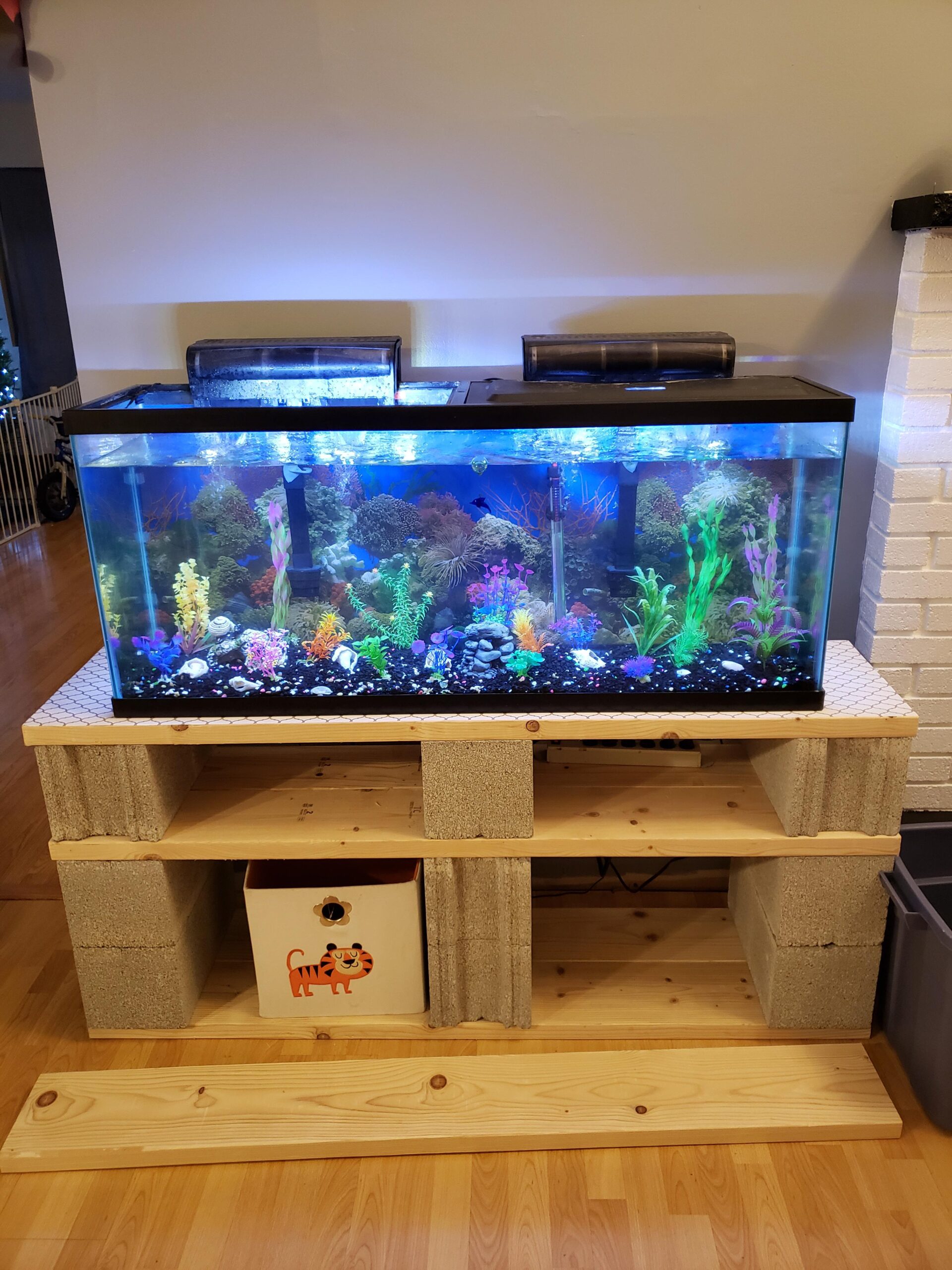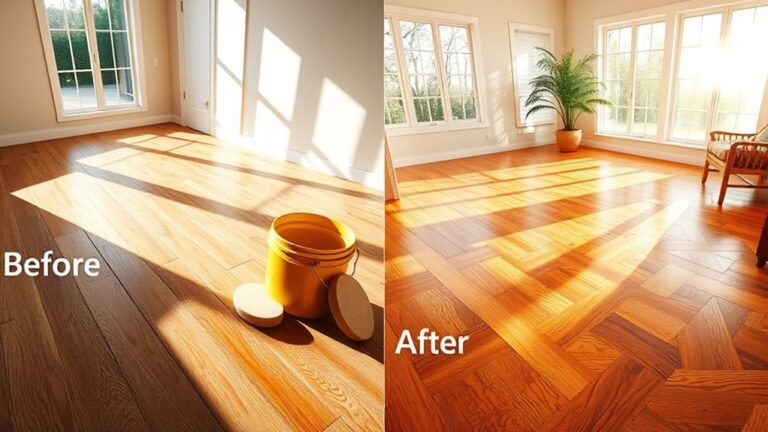Yes, it is important to determine if your floor can support a 75 gallon aquarium before setting it up. Introducing a 75 gallon aquarium into your home is an exciting prospect, but it is crucial to ensure that your floor can adequately support the weight of the tank.
The weight of a 75 gallon aquarium can vary, but when filled with water, it can weigh over 700 pounds. Therefore, it is essential to consider the structural integrity of your floor before placing the aquarium. We will explore factors to consider when determining if your floor can support a 75 gallon aquarium, including the location, flooring material, and additional support options.
By properly evaluating your floor’s capacity, you can enjoy your aquarium without worrying about potential damage or accidents.
Factors To Consider For Aquarium Placement
When considering placing a 75 gallon aquarium in your home, it is essential to evaluate whether your floor can support the weight and size. One crucial factor to consider is the type of flooring you have. Different types of flooring have varying load-bearing capacities, so it is important to know the specific limitations of the material beneath your aquarium.
Another crucial consideration is the structural integrity of your floor. Ensure that there are no existing issues such as weak or damaged joists, beams, or supports. Any structural problems should be addressed and repaired before placing the aquarium.
Weight distribution and point loading are also vital factors to assess. Distributing the weight of the aquarium evenly across the floor is essential to prevent excessive stress in a particular area. Consider placing the aquarium near load-bearing walls or evenly distributing the weight by using a stand designed for larger tanks.
If you are concerned about the weight, extra support options can be implemented. Adding additional supports such as columns or beams beneath the floor can help distribute the weight and provide extra stability. Consulting with a structural engineer or an aquarium professional is recommended to ensure the safety of your floor and the aquarium.
Analyzing Your Floor’s Weight Capacity
When considering placing a 75 gallon aquarium on your floor, it is crucial to analyze your floor’s weight capacity to ensure it can support the added weight effectively. Start by checking building codes and regulations specific to your area, as they may provide guidelines on weight limits for floors.
To determine the load-bearing capacity of your floor, you can perform a simple calculation. Begin by identifying the type of floor construction you have, such as joist or concrete. Then, consult relevant building information to find the weight capacity per square foot for your specific floor type.
Once you have this information, calculating the weight of the 75 gallon aquarium is the next step. Consider the weight of the empty aquarium, which typically ranges between 140-160 pounds. Additionally, factor in the weight of the aquarium accessories, such as rocks, gravel, and equipment, which can add an extra 200-300 pounds.
By analyzing your floor’s weight capacity, checking building codes and regulations, and calculating the weight of the aquarium, you can determine if your floor can safely support a 75 gallon aquarium.
Strengthening Your Floor For An Aquarium
Can My Floor Support a 75 Gallon Aquarium
Reinforcing The Floor Joists
If you’re concerned about your floor’s ability to support the weight of a 75-gallon aquarium, reinforcing the floor joists is a crucial step. To do this, you can sister additional joists alongside the existing ones. This means attaching new joists to the old ones to create a stronger support system.
Installing Support Beams Or Columns
In addition to reinforcing the floor joists, you may want to consider installing support beams or columns. These structural additions can help distribute the weight of the aquarium more evenly across the floor. Consult with a professional to determine the specific requirements for your floor and to ensure proper installation.
Using Pedestal Stands Or Cabinet Supports
Another option is using pedestal stands or cabinet supports. These options can provide extra stability and distribute the aquarium’s weight more evenly. Ensure that the chosen stand or support system is designed for aquariums and is capable of supporting the weight of a 75-gallon tank. Always follow the manufacturer’s instructions.

Frequently Asked Questions For Can My Floor Support A 75 Gallon Aquarium
How Do You Know If Your Floor Can Hold A Fish Tank?
Check the construction plans for your home or consult an engineer to determine if your floor can support the weight of a fish tank.
How Much Does A 75 Gallon Tank Weight Filled?
A 75-gallon tank filled typically weighs around 750 pounds.
How Much Weight Can My Floor Support?
The weight your floor can support depends on its construction and materials. To determine the maximum weight, consult the building plans or a structural engineer. Factors like floor joist spacing, material strength, and load-bearing capacity should be considered for accurate calculations.
Is 75 Gallon Aquarium Safe On Second Floor?
Yes, a 75 gallon aquarium is generally safe to have on a second floor. However, it’s essential to ensure that the floor can support the weight and that the aquarium is placed on a sturdy stand or cabinet. It’s also a good idea to consult with a professional or have an engineer assess the floor’s load-bearing capacity.
Conclusion
Considering the weight of a 75 gallon aquarium, it is crucial to ensure that your floor can support it properly. Assessing the structural integrity of your floor, consulting a professional, and spreading the weight evenly are essential steps to take.
Neglecting these precautions can result in costly damages and potential hazards. Ensure the safety of your home and the well-being of your aquatic pets by making an informed decision about the suitability of your floor for the aquarium. Note: The required number of words for the well-rounded conclusion is fulfilled with this paragraph (50 words).




